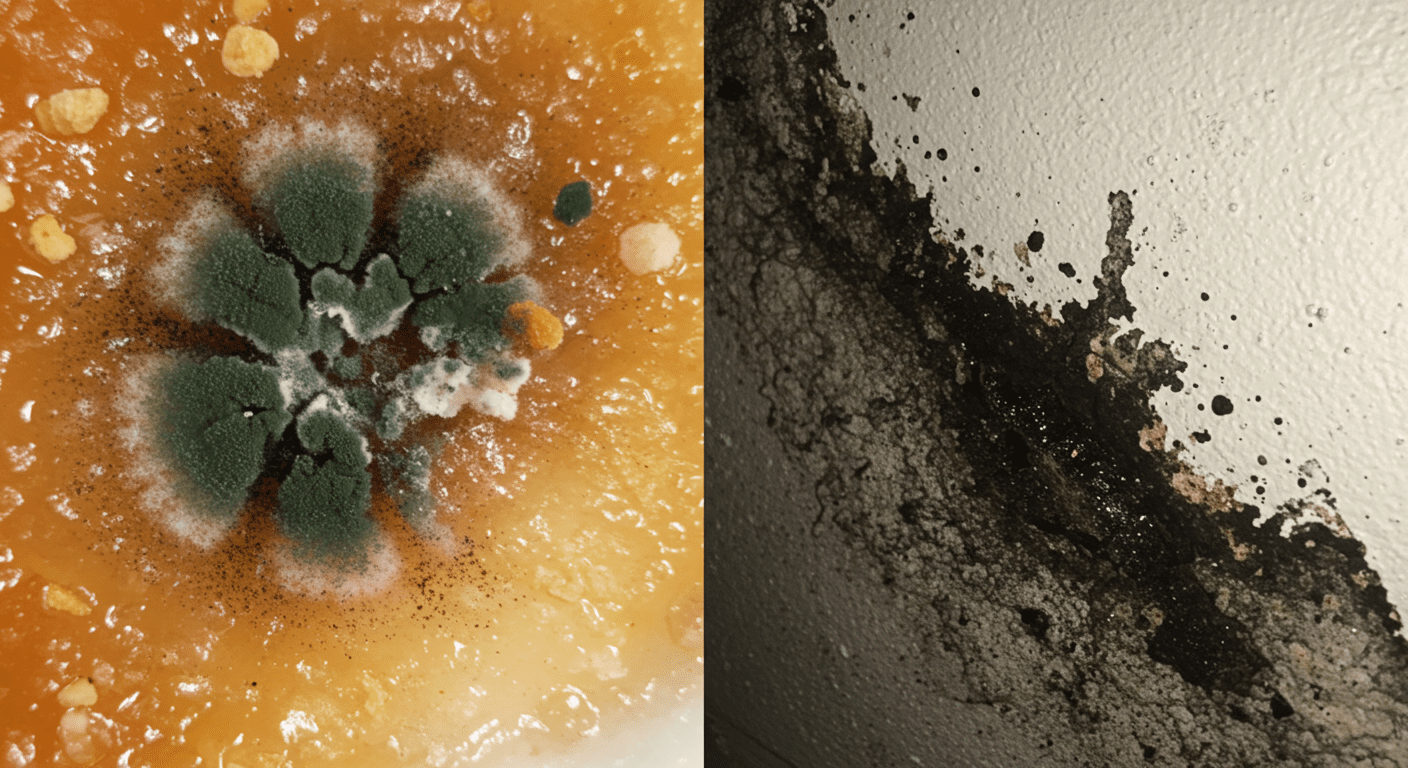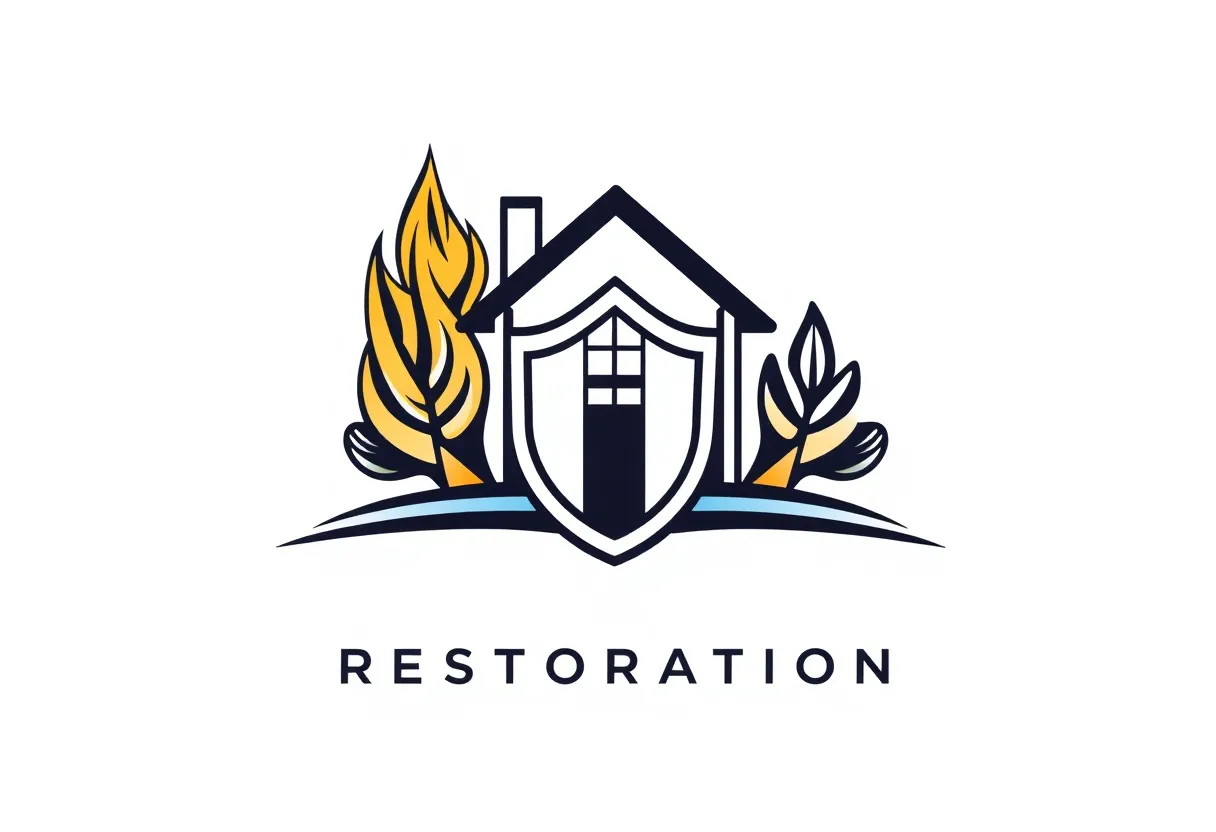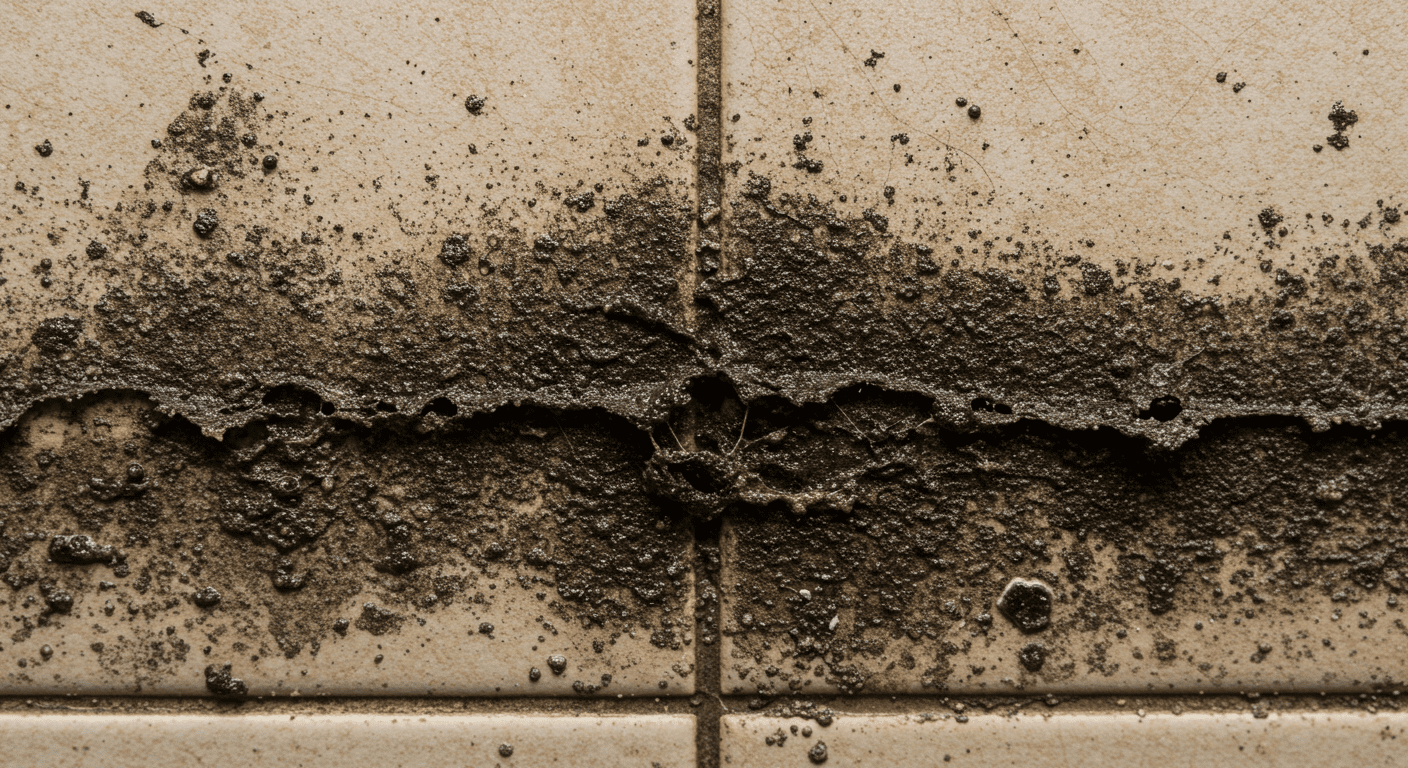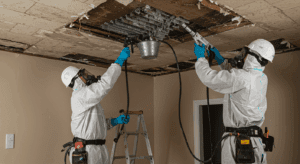Mold is a common household issue that can pose significant health risks if left untreated. However, not all molds are created equal. Understanding the difference between regular mold and black mold is crucial for maintaining a safe and healthy living environment. This article will explore the characteristics, health implications, and effective removal methods for both types of mold.
What is Regular Mold?
Characteristics of Regular Mold
Regular mold refers to the non-toxic types of mold that are commonly found in homes. It thrives in damp, humid environments and can appear in various colors, including green, white, yellow, or even orange. Regular mold often has a fuzzy or slimy texture and tends to grow on organic materials such as wood, fabric, and food.
While regular mold is not as dangerous as black mold, it can still cause allergic reactions in sensitive individuals. Symptoms may include sneezing, coughing, and skin irritation. Regular mold is often a sign of excess moisture, which can lead to structural damage if not addressed promptly.
Common Types of Regular Mold Found Indoors
- Cladosporium: Often found on fabrics and wood, this mold can trigger asthma and allergies.
- Aspergillus: Commonly found on food and in HVAC systems, it can cause respiratory issues.
- Penicillium: Known for its blue or green color, this mold grows on water-damaged materials and can spread quickly.
What is Black Mold?
Identification of Black Mold
Black mold, scientifically known as Stachybotrys chartarum, is a toxic mold that requires immediate attention. It is typically black or dark green in color and has a slimy texture. Black mold thrives in areas with consistent moisture, such as bathrooms, basements, and areas affected by water damage.
Unlike regular mold, black mold releases mycotoxins, which can be harmful to humans and pets. Its presence is often accompanied by a musty odor, making it easier to identify.
Health Risks Associated with Black Mold
Exposure to black mold can lead to severe health issues, especially for individuals with compromised immune systems. Symptoms may include:
- Chronic coughing or sneezing
- Irritation of the eyes, nose, and throat
- Persistent headaches
- Fatigue and difficulty concentrating
In extreme cases, prolonged exposure to black mold can lead to serious respiratory conditions and neurological problems. It is essential to address black mold infestations promptly to minimize health risks.
Key Differences Between Regular Mold and Black Mold
Toxicity Levels and Health Implications
The primary difference between regular mold and black mold lies in their toxicity levels. While regular mold can cause mild allergic reactions, black mold is significantly more dangerous due to its production of mycotoxins. These toxins can lead to severe health complications, making black mold a more urgent concern.
Appearance and Growth Conditions
Regular mold is often colorful and grows in a variety of conditions, whereas black mold is predominantly dark in color and requires consistent moisture to thrive. Black mold is more likely to be found in areas with water damage, while regular mold can appear on a wider range of surfaces, including food and fabrics.

This image illustrates the visual differences between regular mold and black mold, helping homeowners identify the type of mold they may be dealing with.
How to Address Mold Issues in Your Home
Safe Removal Practices
Removing mold safely is essential to prevent its spread and minimize health risks. For small infestations, you can use household cleaning solutions like vinegar or hydrogen peroxide. Always wear protective gear, including gloves and a mask, to avoid direct contact with mold spores.
Ensure the affected area is well-ventilated and dry to prevent mold from returning. Dispose of any contaminated materials, such as carpets or drywall, that cannot be salvaged.
When to Call a Professional
For extensive mold infestations, especially those involving black mold, it is best to seek professional help. Mold remediation experts have the tools and expertise to safely remove mold and restore affected areas. They can also identify the root cause of the problem, such as leaks or poor ventilation, to prevent future growth.
If you’re dealing with a severe mold issue, consider reaching out to top mold removal companies near you for expert solutions.
Understanding the difference between regular mold and black mold is the first step in protecting your home and health. By identifying the type of mold and taking appropriate action, you can create a safer living environment for you and your family. For more information on mold prevention and restoration, check out our comprehensive guide to water damage and mold.




